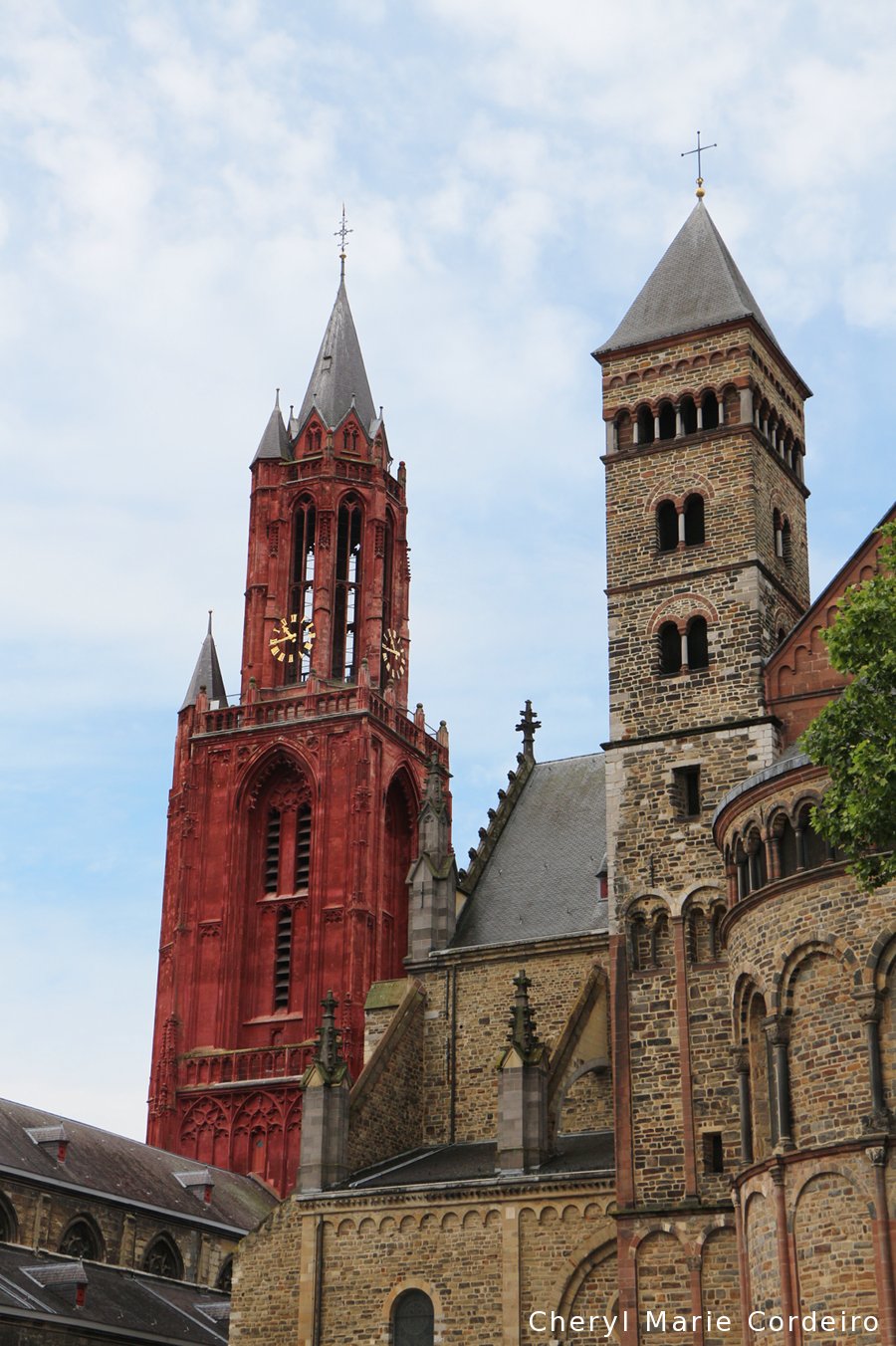St. John’s (left) and St. Servatius at Vrijthof Square Maastricht, Netherlands.
The St. Servatius cathedral is in complement to the Cathedral of Our Lady in Maastricht, which constitute the two main cathedrals of worship for this city. St. Servatius contains a large number of church treasury and continues till today, to draw Roman Catholic pilgrims to its ground. Beginning in the 14th century in a seven-year cycle, in collaboration with Aachen Cathedral and Kornelimünster Abbey, a Heligdomsvaart is held for pilgrims, the next being in July 2018.
Text & Photo © JE Nilsson, CM Cordeiro, Sweden 2015
The invite card from the 10th Ph.D. and Post-Doc Seminar and Conference: Global and Cross-Cultural Organizational Research hosted by the Hofstede Chair, Faculty of Arts and Social Sciences (FASoS), Maastricht University, read “Basilica”. Basilica was the venue for the group’s first evening meet.
Having just arrived in Maastricht and walking past three cathedral towers at Vrijthof square, I thought the meeting point no problem to locate. One of those with a steeple must be Basilica, and I could wait till the last twenty minutes to the meeting time to figure out exactly which one of the three towers we were to gather. What struck me was the idea of the venue, how grand that were were to meet in such an ancient and dramatic setting as a Roman Cathedral that has stood since 1000! I figured too that in current times, it was as much practical and good business practice for churches to rent out their unoccupied rooms as conference or seminar venues.
It was exciting to be in the Dutch city of Maastricht, where I know it for The Maastricht Treaty, the signing of which in 1992 formally created the European Union and incidentally led to the creation of the single European currency, the Euro. One of the obligations of the members was to keep “sound fiscal policies and limit their national debt to 60% of GDP”. At the time of my visit to Maastricht, it was impossible not to notice current news on that the Greece national dept is currently up at some mind boggling 180% of their GDP, according to German calculations. If this is correct or not could be debated. But the history of Maastricht goes much longer back than that, at least back to Roman days, and this was evident all around the city with its monumental city walls, its cobbled streets and the venue of the evening’s meeting.
Train is currently the main public transport into the cit of Maastricht, and with initial misgivings of arriving, I soon found out that the connection between Gothenburg, Sweden and Amsterdam then Maastricht, Netherlands, was quite convenient. Having Jack Sparrow’s compass as an internal navigation system, never really knowing where North is, I thought myself extremely fortunate to have had the opportunity to scout the area for the designated venues of class and meetings, before the programme began. And it was during the day of when the first meeting was to be held at Basilica that I also took time to walk the streets at the heart of the city centre.
There were many designated meeting places outside of the seminar hours where the group was to meet. Grand Cafe’ D’n Ingel for example was one of them, and I was filled with sheer delight and a little smugness knowing that I could now find my way back to this specific meeting point when I chanced upon it whilst strolling past the cafés that lined the perimeter of the Vrijthof Square. Not two doors down from Grand Cafe’ D’n Ingel was the restaurant Basilica.
Wait. Basilica?
I had already walked past the restaurant thinking at first, “Nice name”, when I stopped, and backtracked. I looked at the entrance of the restaurant for a long two seconds, contemplating its neat sans serif logo. Since I was there, I decided to walk into the restaurant and enquired if they had a reservation for a group of people from Maastricht University that evening. Yes, they did.
Ah. So we were not to have our meeting at the basilica across the street from which I could still see the steeples overlooking the square as I stood at Basilica speaking with the shift manager.
That evening at the introductory group meet, two native speakers of Spanish who were participants in the programme turned to the programme coordinators, remarking, “You know in Spanish, basilica is church. We were waiting for twenty minutes at the church across the street, wondering why nobody here when we realised that it was this restaurant named Basilica.” I looked at them from across the room and smiled. Well, I thought so too. And I was no native speaker of Spanish.
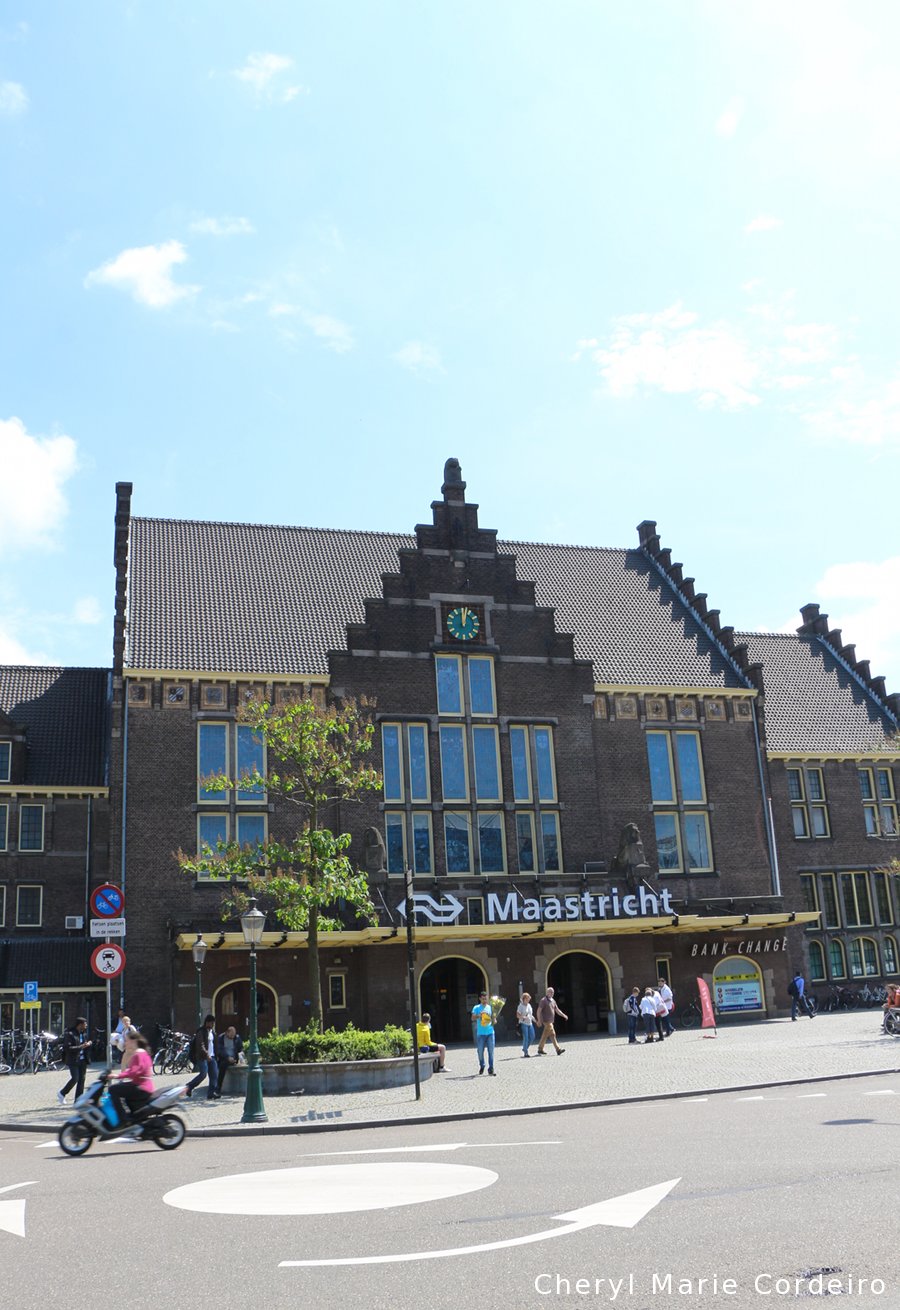
Train station, Maastricht.
Apart from driving into the city, train would be the option of getting to Maastricht.
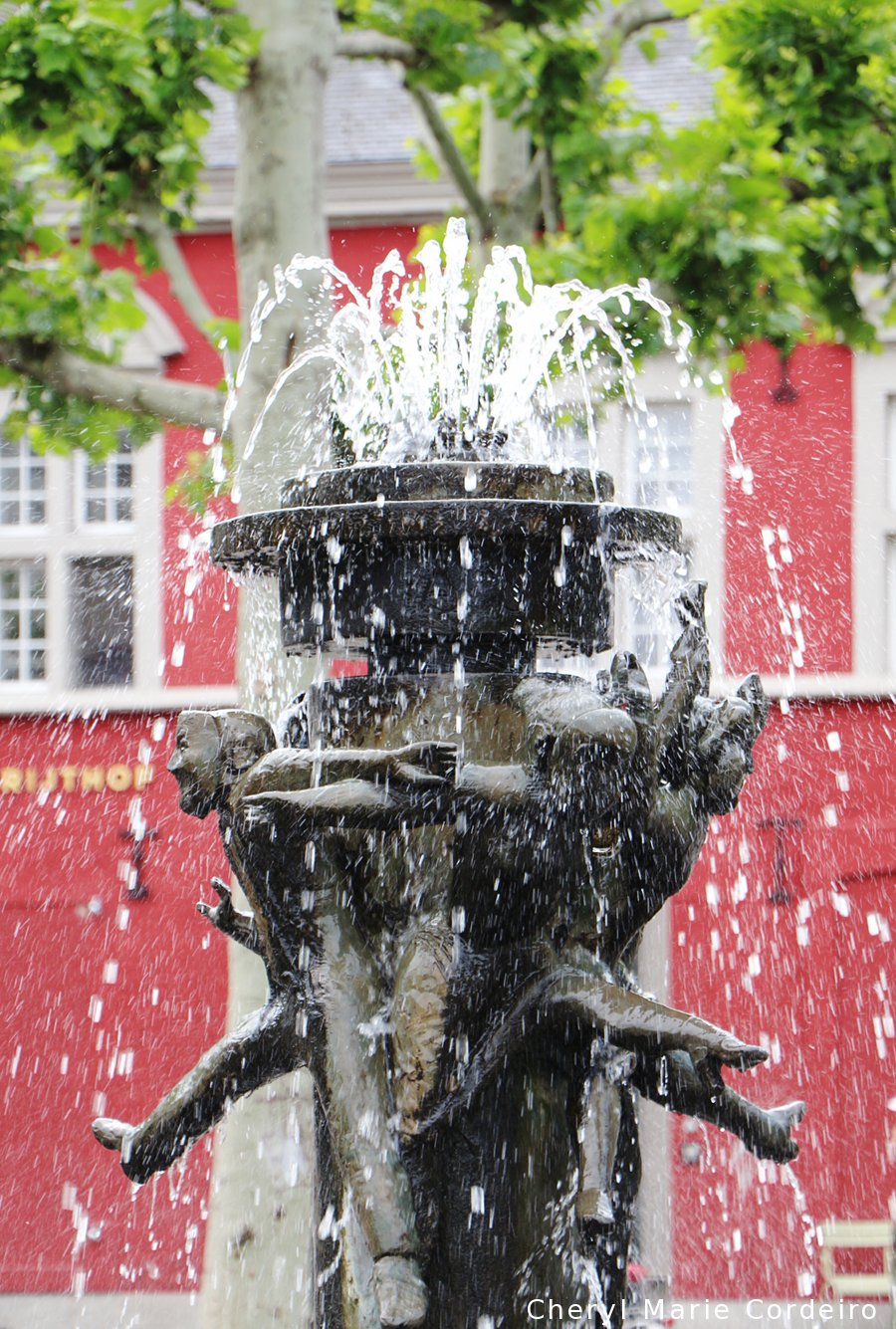
Fountain, Vrijthof.
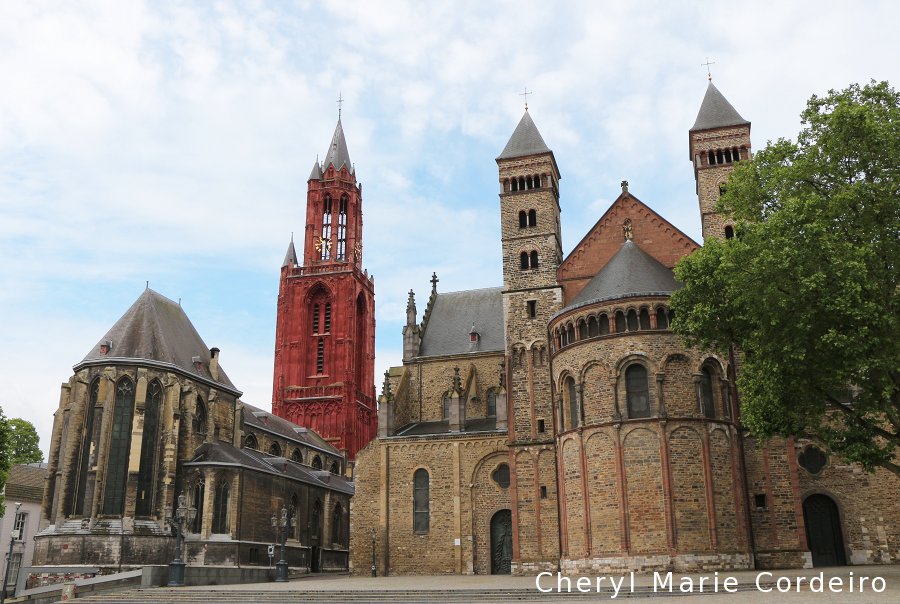
A view of St. John’s (left) and St. Servatius at Vrijthof Square. The history of Maastricht shows mostly in its architecture, though it is not difficult to decipher the context under which this city came to be from its culture, the locations of its restaurants and visitor attractions. The city registers 1677 national heritage sites, second highest in number in the country to Amsterdam.
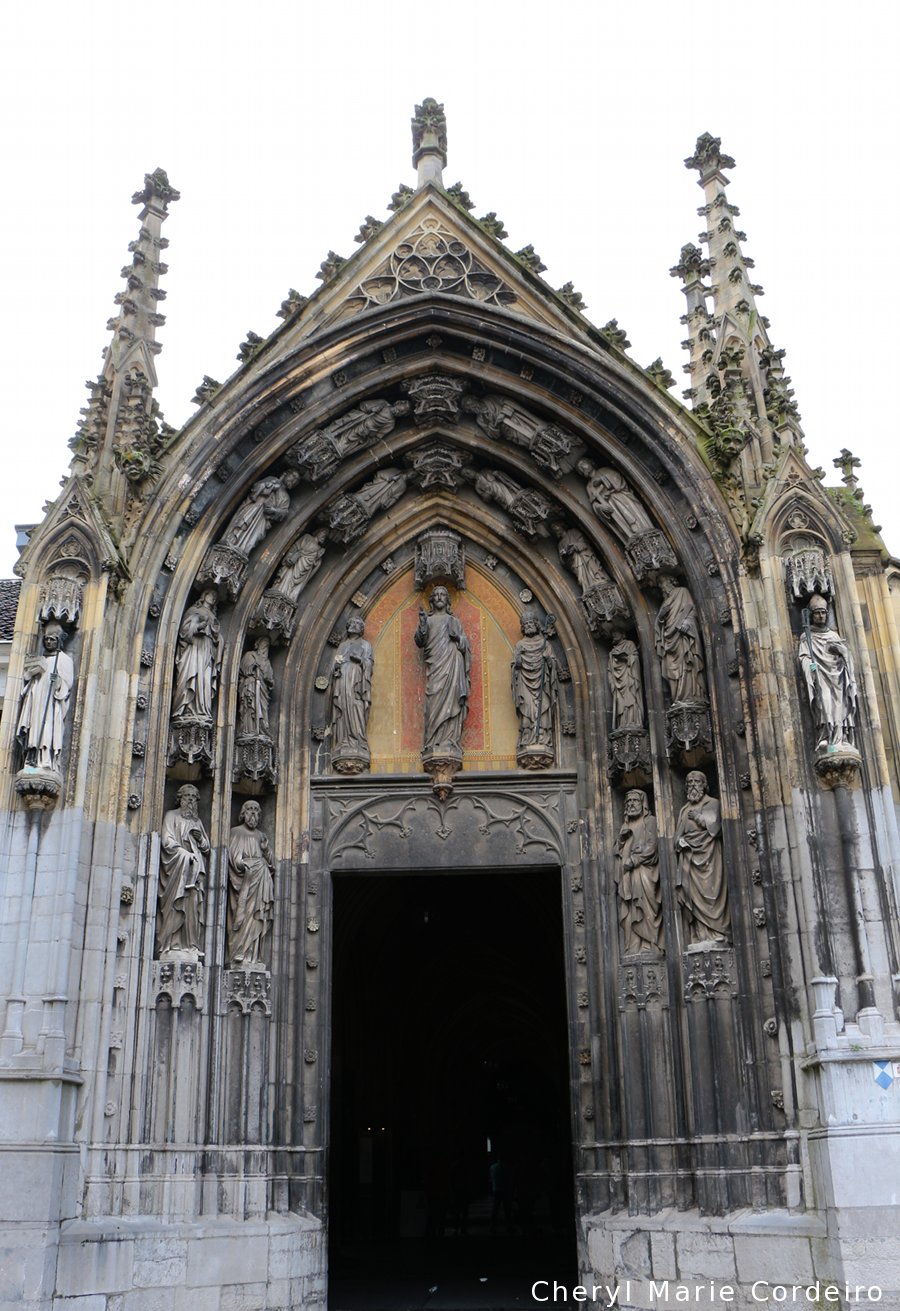
An entrance to the chapel side of Basilica of Saint Servatius.
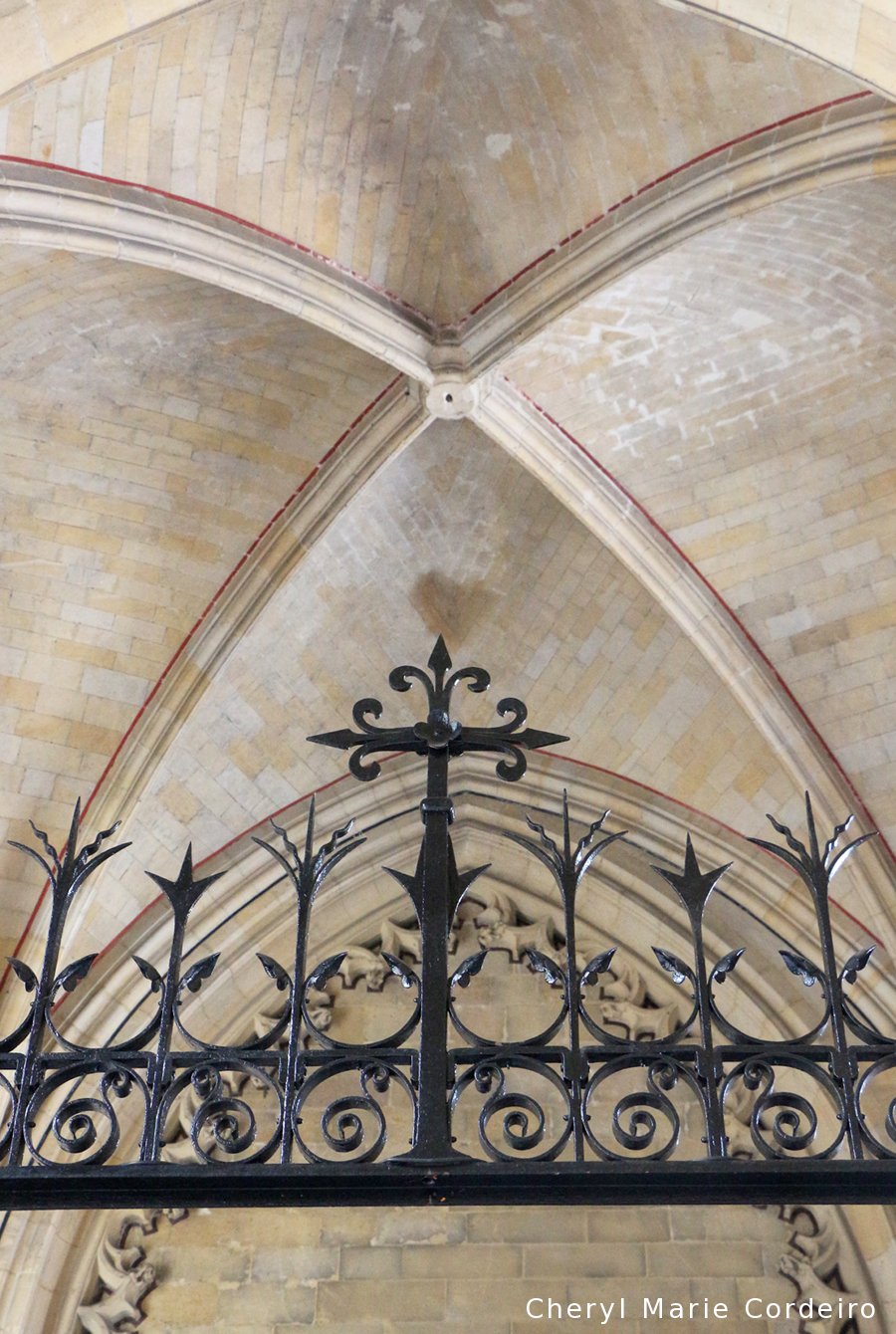
Cloister at the Basilica of Saint Servatius.
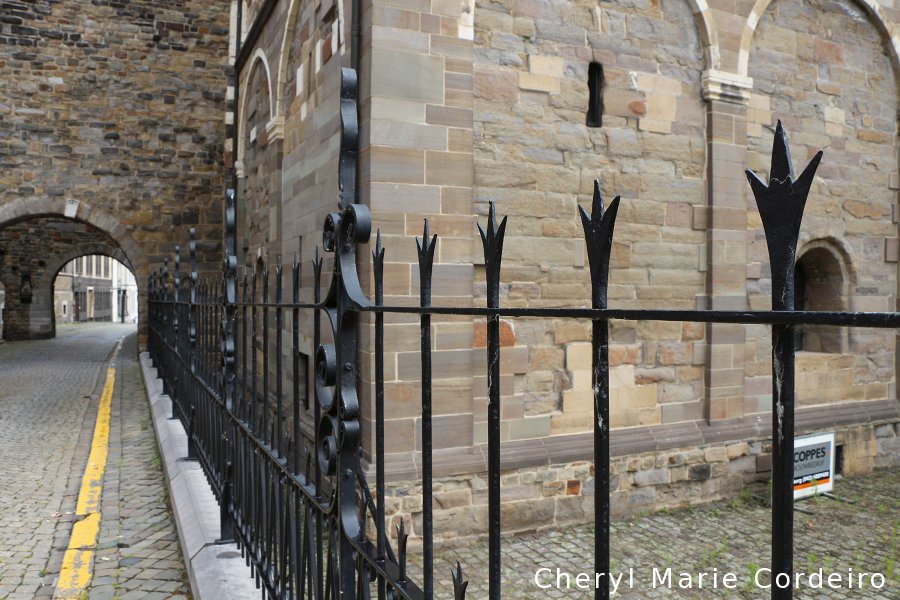
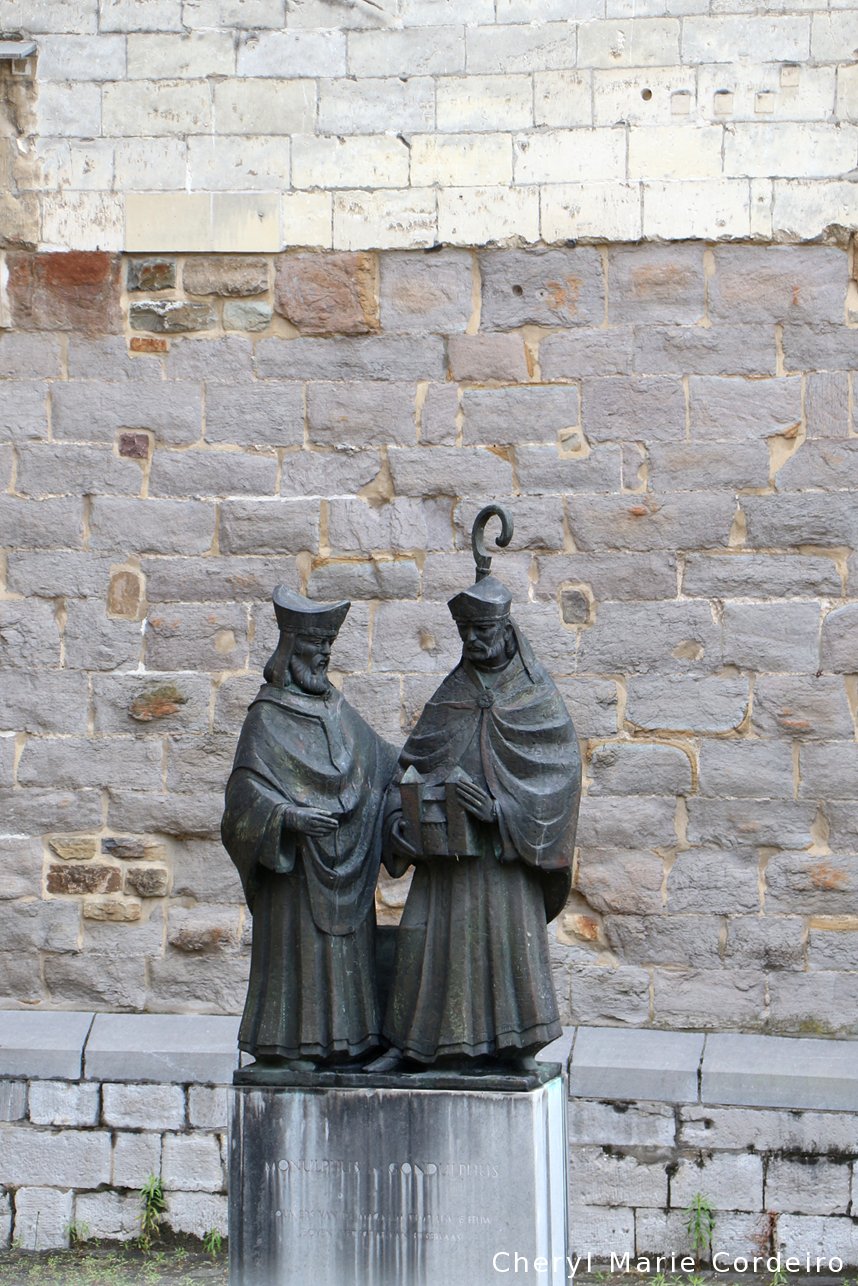
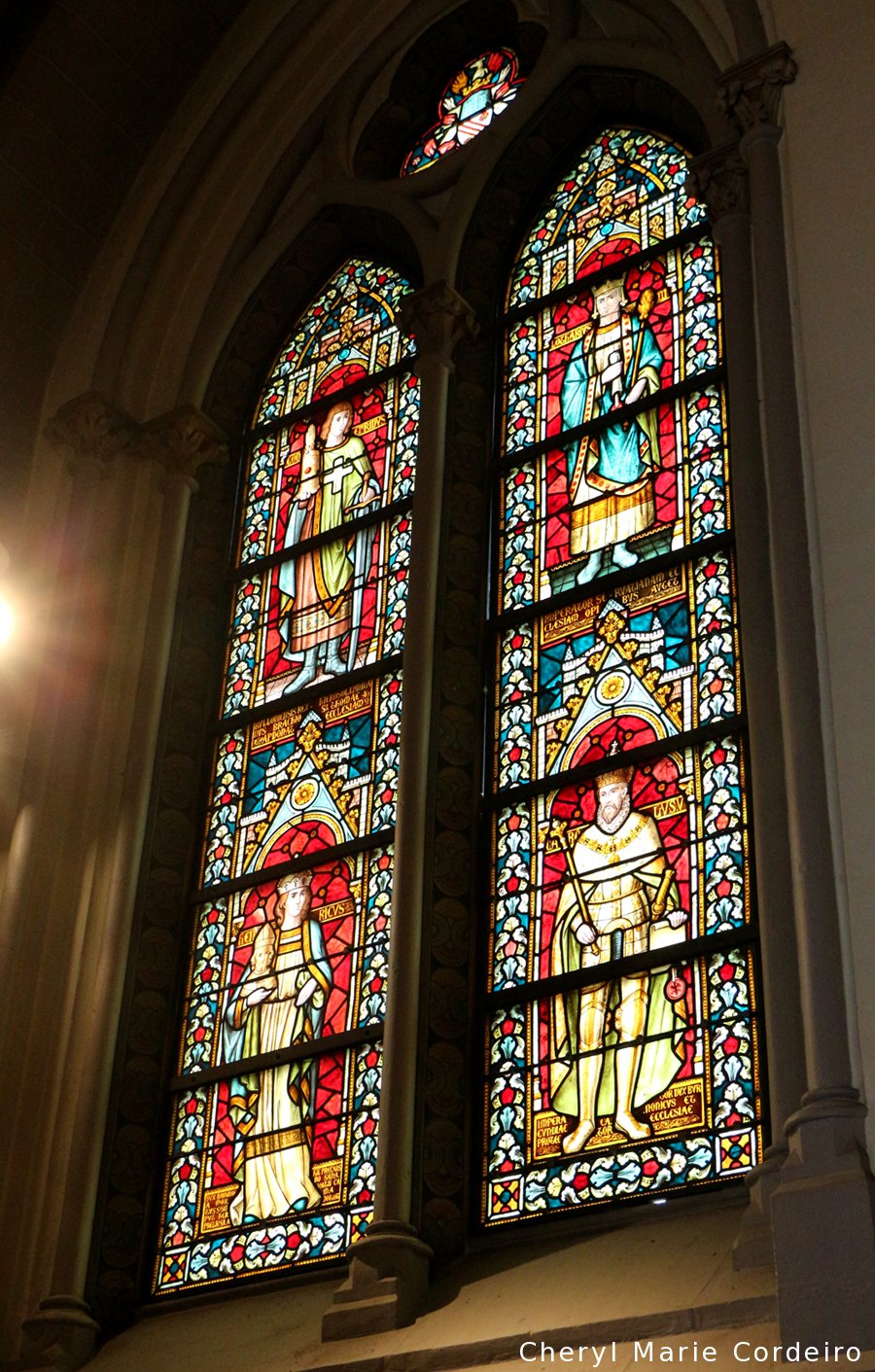
Stained glass, chapel.
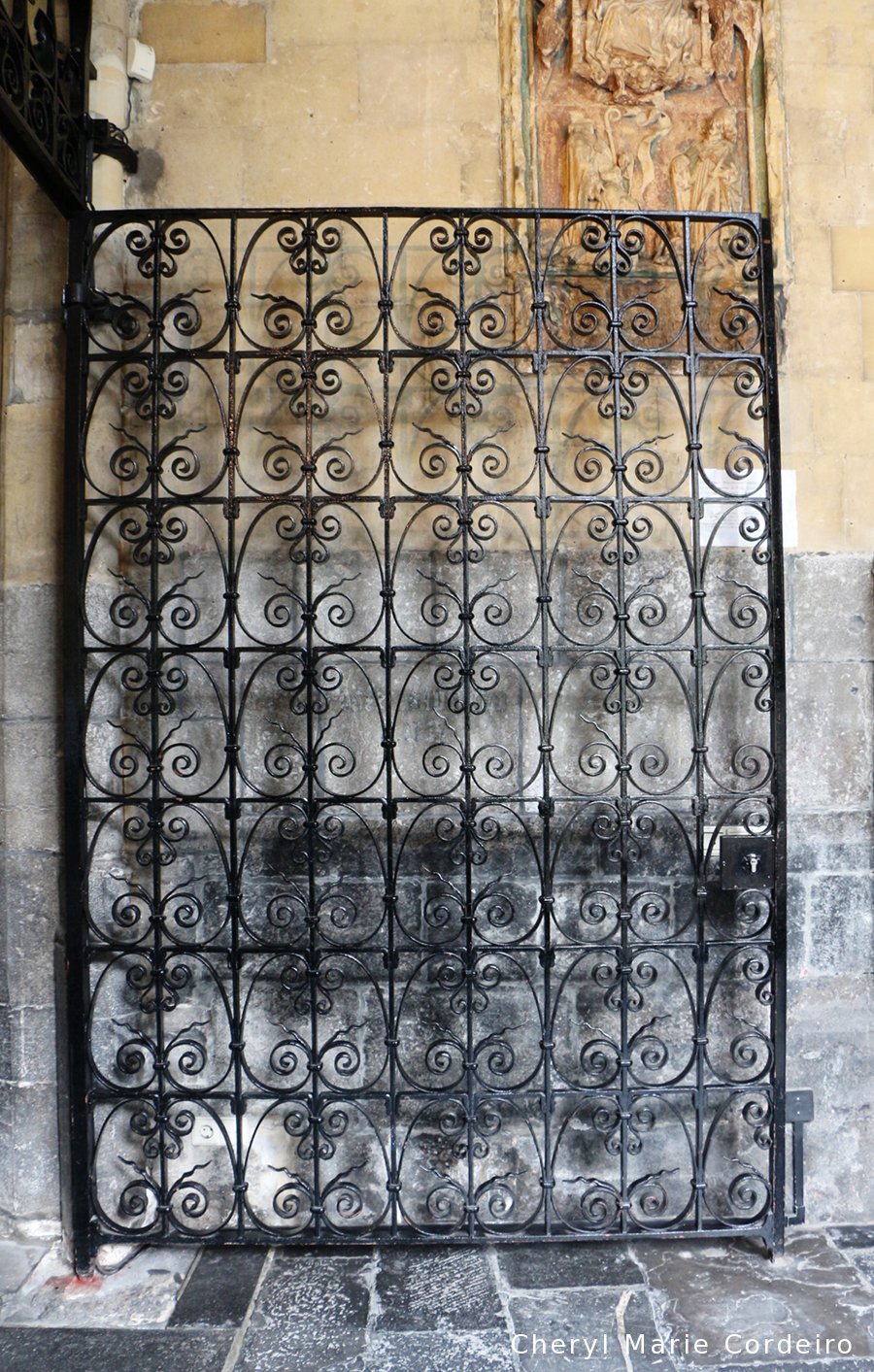
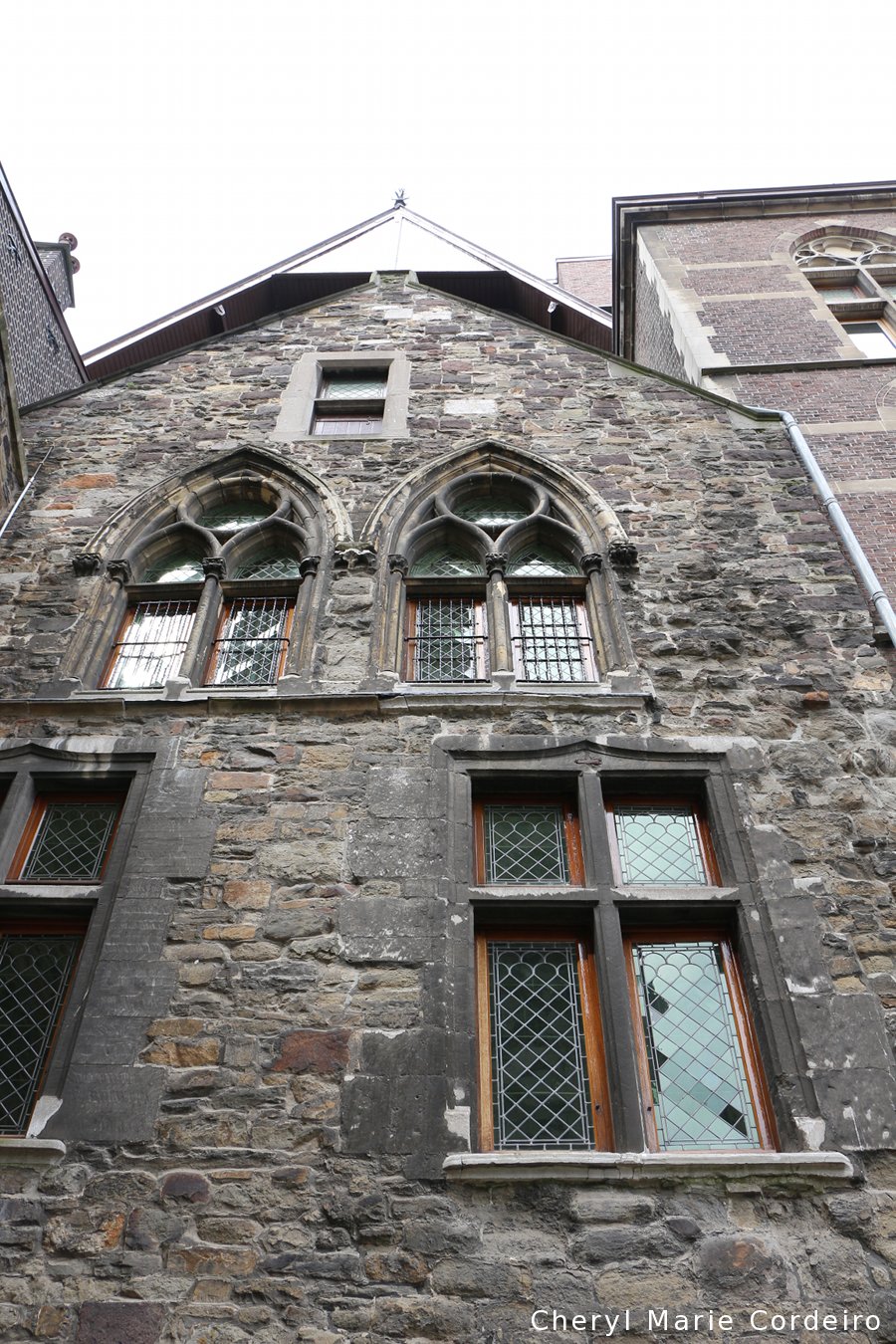
Dramatic, gothic, romanesque architecture. Fantastic!
